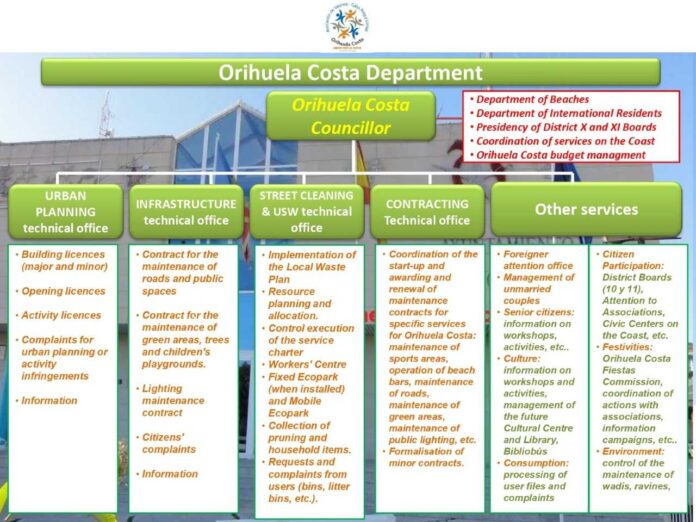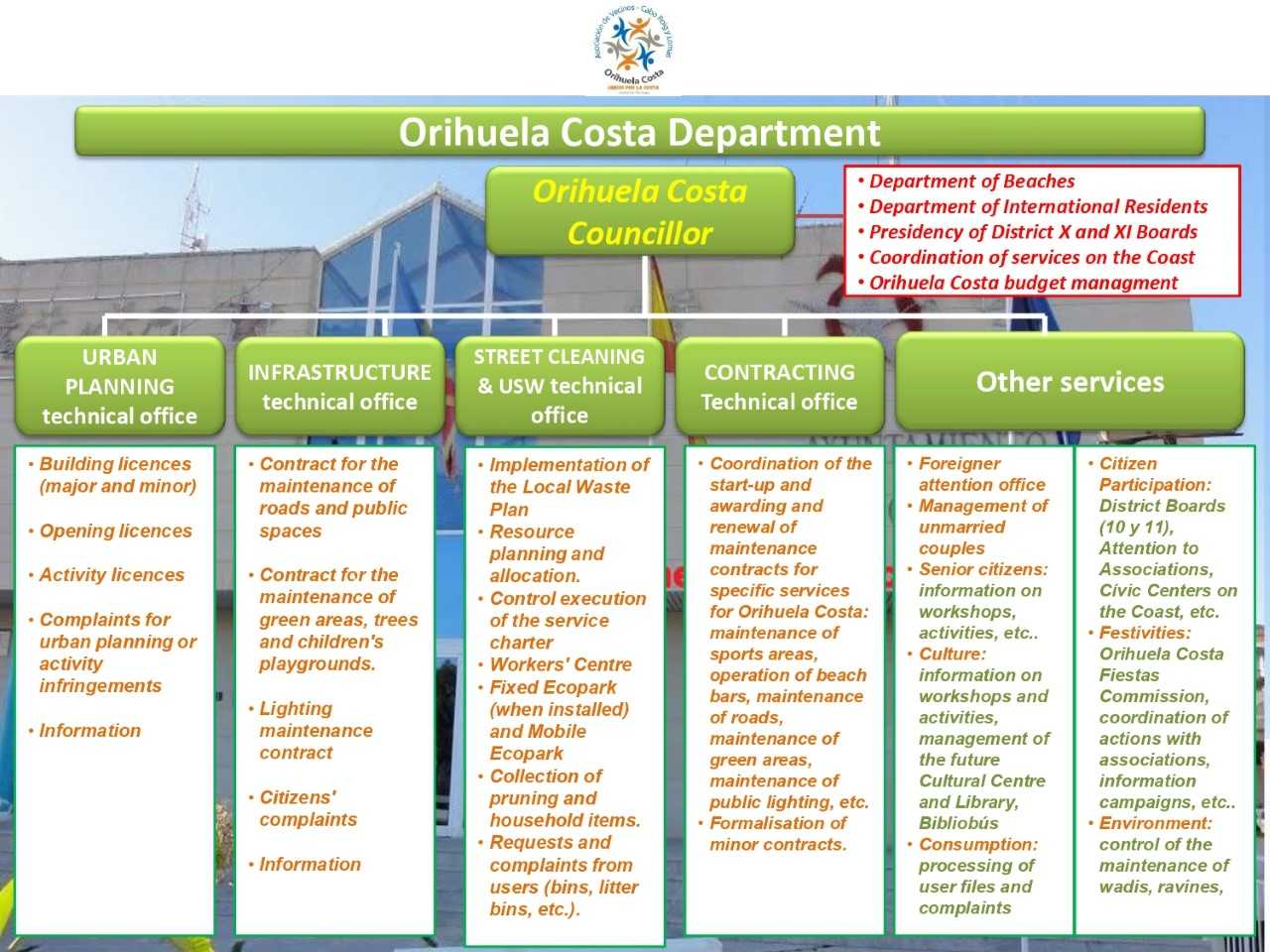
Residents of Orihuela Costa are increasingly frustrated with the lack of investment, services, and perceived discriminatory treatment compared to the city and the other pedanias. They now say that they are considering segregation if more management capacity is not provided to the Orihuela Costa council led by Manuel Mestre. Many are now looking towards Pilar de la Horadada, which became independent from Orihuela in 1986, as a potential model.
The neighborhood association Unidos por la Costa, with 900 members from 39 nationalities and over 10,000 Facebook followers, has regularly voiced the community’s desire for change. They warn that if the situation does not improve soon, residents may push for segregation in order to recognise Orihuela Costa’s identity.
Historical precedents in the Vega Baja region, such as the independence of Los Montesinos and San Isidro in the 1990s, and Pilar de la Horadada in 1986, show that municipal independence is possible. Pilar de la Horadada, which borders Orihuela Costa, has expressed willingness to welcome Orihuela Costa, provided administrative and tax conditions are met.
Unidos por la Costa’s annual assembly highlighted the community’s dissatisfaction with the limited progress in basic services and infrastructure improvements since the formation of the PP and Vox government 18 months ago. Issues include rubbish collection, road cleaning, lighting, green areas, asphalting, water management, beaches, health centres, schools, social services, and citizen welfare.
The association criticizes the “political shortsightedness” and lack of will to treat the Coast fairly, pointing out the imbalance between investments in the city and the coast, despite the coast generating more than half of the municipal income, over 50 million euros in revenue and billions in economic activity.
Residents feel they are not receiving their fair share, while the association’s questions are often censored in plenary sessions, and their requests for information ignored.
To address these issues, Unidos por la Costa proposes ensuring that the Council of the Costa, led by Manuel Mestre, receives far more competencies and management capacity. Mestre has also requested budgetary reinforcement and the necessary human, technical, and material resources to manage the Coast effectively.
The proposed organisational structure includes a technical office for Urbanism, another for Infrastructure, Road Cleaning and RSU, and other services like Citizen and Welfare Care, Tourism, Culture, Consumption, and Environment. This would allow Mestre to participate in decision-making and manage investments, working closely with associations and residents through reinforced District Boards X and XI.
Unidos por la Costa emphasises the need for the District Boards and the alcaldes Pedáneos to be strong representatives of the community, advocating for their needs and interests with the City Council. Currently, in the eyes of the residents, they are both largely ineffective. The Association calls for decisive action to address the community’s concerns and ensure fair treatment for Orihuela Costa.





